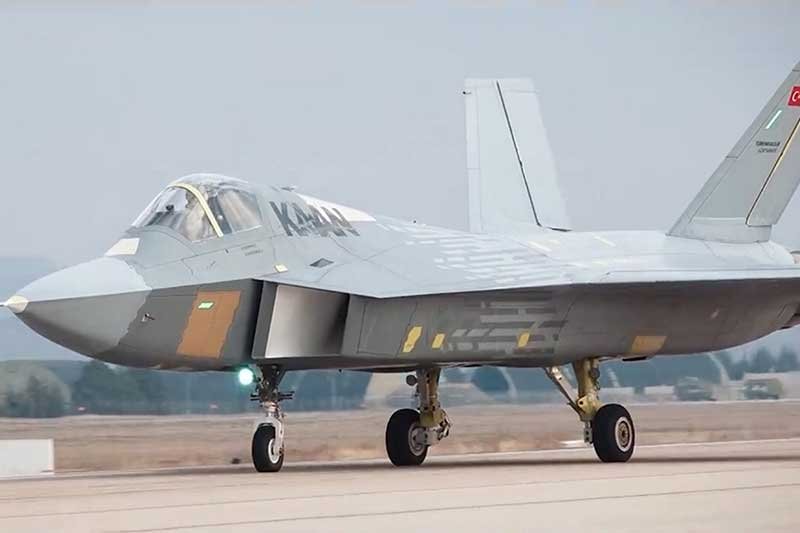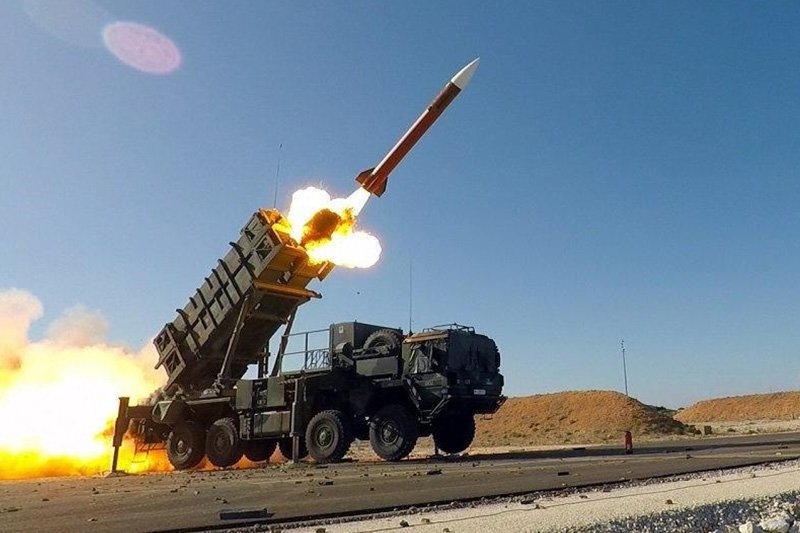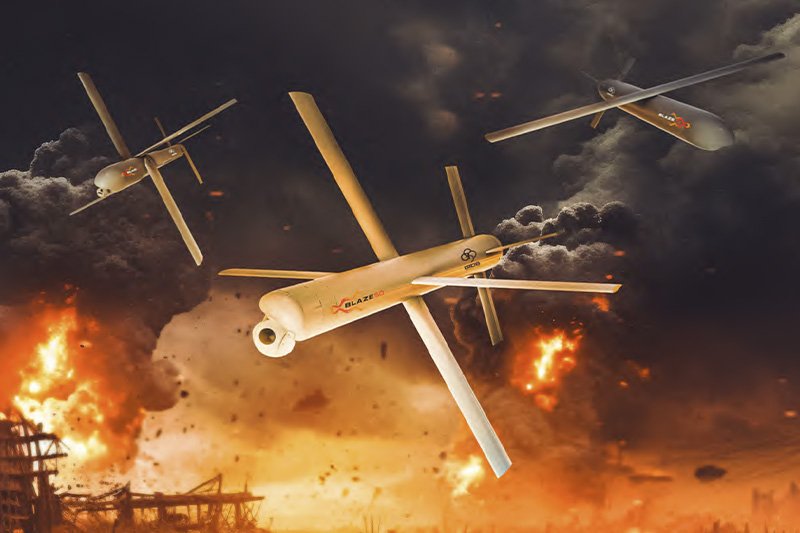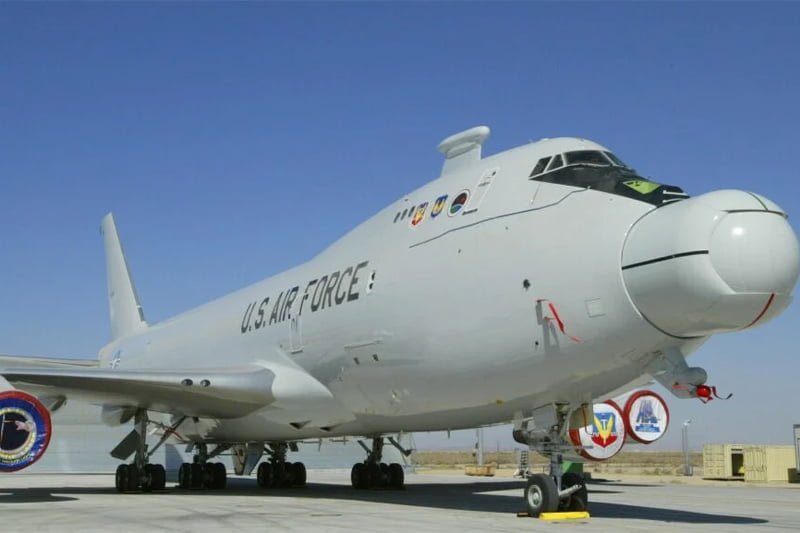Missile Defense Agency has new hope for airborne lasers
The Missile Defense Agency (MDA) is breathing new life into airborne laser technology, a decade after the initial $5 billion project was shelved. This revival marks a significant shift in approach, focusing on gradual development and practical applications in missile defense systems.
Key Developments in Airborne Laser Technology
- Phased Approach:
- Initial focus on low-power lasers for tracking
- Gradual progression to higher-power systems for intercept
- Budget Allocation:
- $11 million requested for research and development
- Technological Advancements:
- Shift from chemical to solid-state lasers
- Improved power levels and beam stabilization
- Enhanced atmospheric penetration capabilities
- Strategic Advantages:
- Flexibility over ground and space-based systems
- Iterative technology development opportunities
MDA Director Lt. Gen. Heath Collins emphasized the agency’s commitment to this renewed effort, citing recommendations from an independent team of experts from government, industry, and academia.
Also read this: Poland to get more K2 tanks from South Korea
Why Airborne Lasers?
Airborne laser systems offer unique advantages in missile defense:
- Favorable testing environments compared to ground-based systems
- Greater flexibility than space-based alternatives
- Potential for rapid deployment and repositioning
Mark Lewis, CEO of the Purdue Applied Research Institute and former Pentagon senior scientist, supports MDA’s decision to revisit airborne lasers. He draws parallels between laser technology and hypersonics, noting that both fields have seen significant advancements after years of unfulfilled promises.
Challenges and Future Prospects
While progress is promising, several challenges remain:
- Engineering hurdles for routine operational use
- Integration with existing defense systems
- Scaling technology for various threat levels
The MDA is taking a measured approach, focusing on near-term missions like tracking while higher-power lasers are in development. This strategy aims to reduce risks and ensure steady progress towards more advanced systems, including non-kinetic intercept capabilities.
The revival of airborne laser technology represents a new chapter in missile defense. By learning from past experiences and leveraging recent technological advancements, the MDA is positioning itself to develop a more effective and versatile defense system. As research progresses, the potential for airborne lasers to revolutionize missile defense grows, promising enhanced security in an increasingly complex global landscape.
Keep connected with us at Facebook, Twitter, YouTube, Instagram & TikTok for latest defense happening around the globe.












